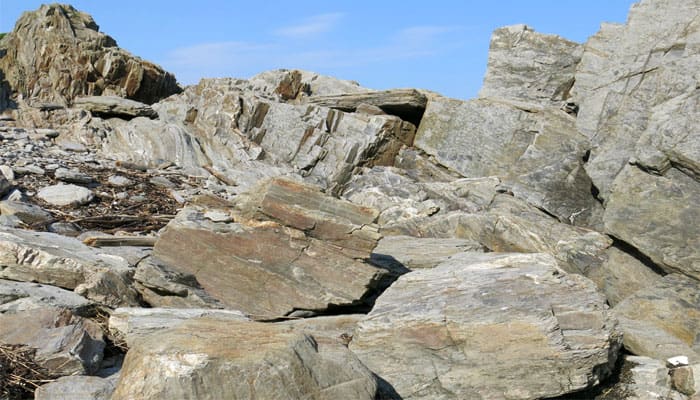Zee Media Bureau
New Delhi: Zicron crystals are the one of the earliest piece of planet's crust, according to geologists from Trinity College Dublin (TCD).
In their latest research they pointed out that these tiny crystals are formed in huge impact craters some 4.4 billion years ago, not long after the earth was formed. They are primarily translucent red in colour but glows blue when bombarded with electrons.
In 2001, scientists first found zicron crystals in low range Jack Hills of Australia. The ratio of oxygen isotopes in this crystals suggest that the temperature of earth during that period would have supported liquid water and therefore perhaps life.
Geologists claimed that these crystals, which are approximately the width of a human hair, are found in all kinds of rocks across the planet and one of the oldest component of the earth.
Ten years ago, a team of researchers in the US argued that the ancient zircon crystals probably formed when tectonic plates moving around on the Earth's surface collided with each other in a similar fashion to the disruption taking place in the Andes Mountains today.
However, current evidence suggests that plate tectonics -- as we know it today -- was not occurring on the early Earth.
So, the question remained: Where did the crystals come from?
Recently, geologists suggested these grains may have formed in huge impact craters produced as chunks of rock from space, up to several km in diameter, slammed into a young Earth.
To test this idea, TCD geologists decided to study a much younger impact crater to see if zircon crystals similar to the very old ones could possibly have formed in these violent settings.
With the support of the Irish Reseach Council (IRC) and Science Foundation Ireland (SFI), the team collected thousands of zircons from the Sudbury impact crater in Ontario, Canada.
After analysing these crystals at the Swedish Museum of Natural History in Stockholm, they discovered that the crystal compositions were indistinguishable from the ancient set.
“What we found was quite surprising. Many people thought the very ancient zircon crystals couldn't have formed in impact craters, but we now know they could have,” said Gavin Kenny from Trinity's school of natural sciences in a paper published in the journal Geology.
“There's a lot we still don't fully understand about these little guys but it looks like we may now be able to form a more coherent story of Earth's early years,” he added.
Kenny recently presented the findings at the annual Lunar and Planetary Science Conference (LPSC) in Houston, Texas.
(With IANS inputs)
















